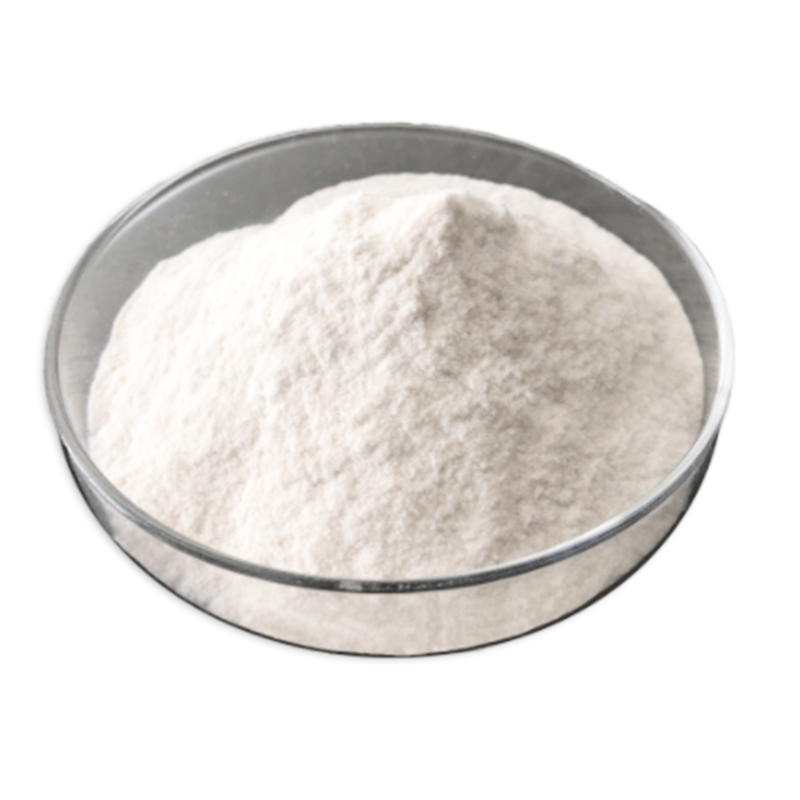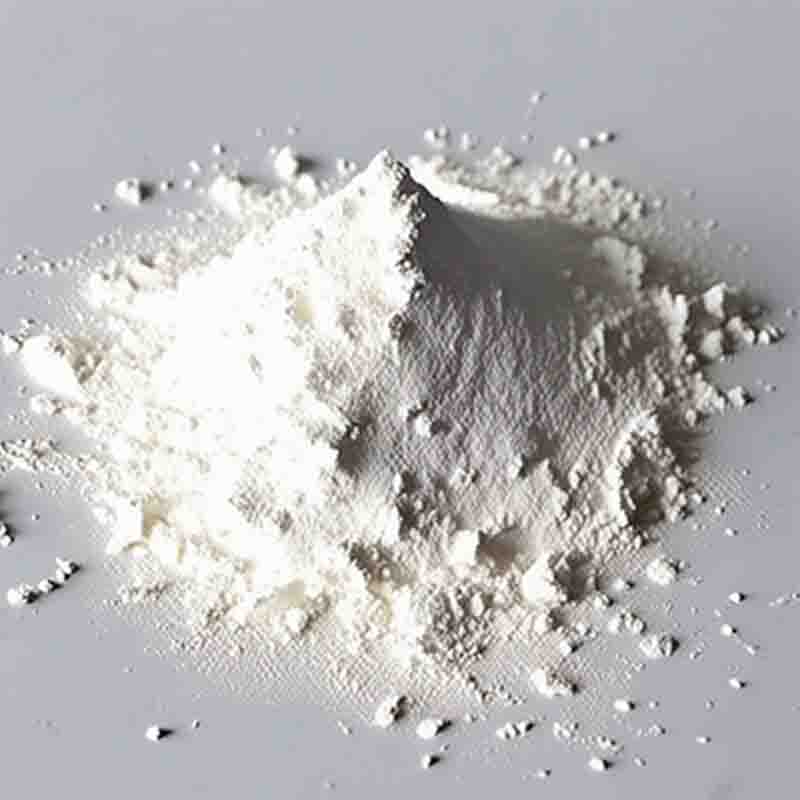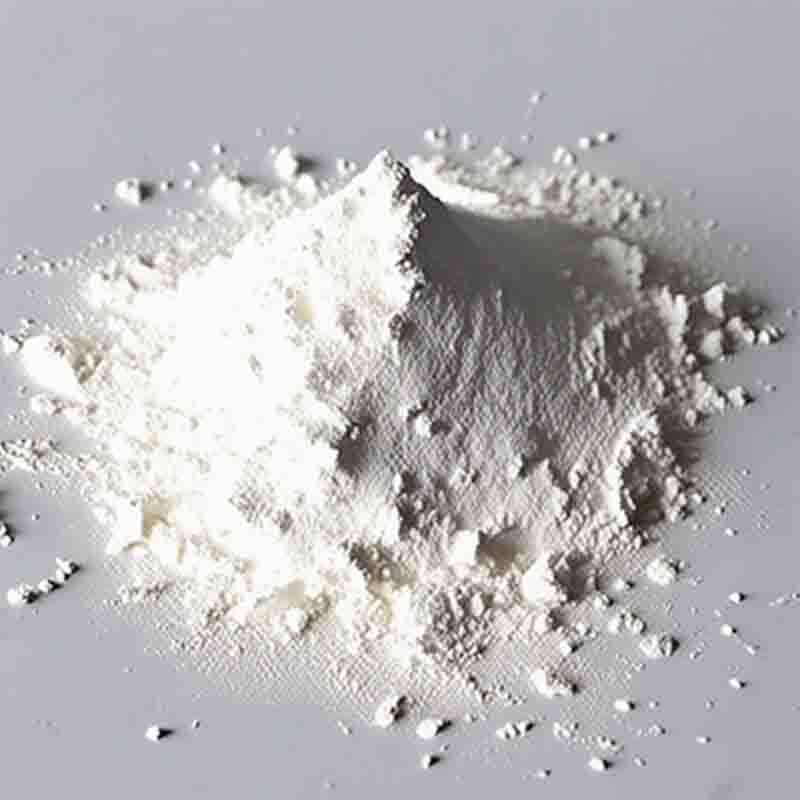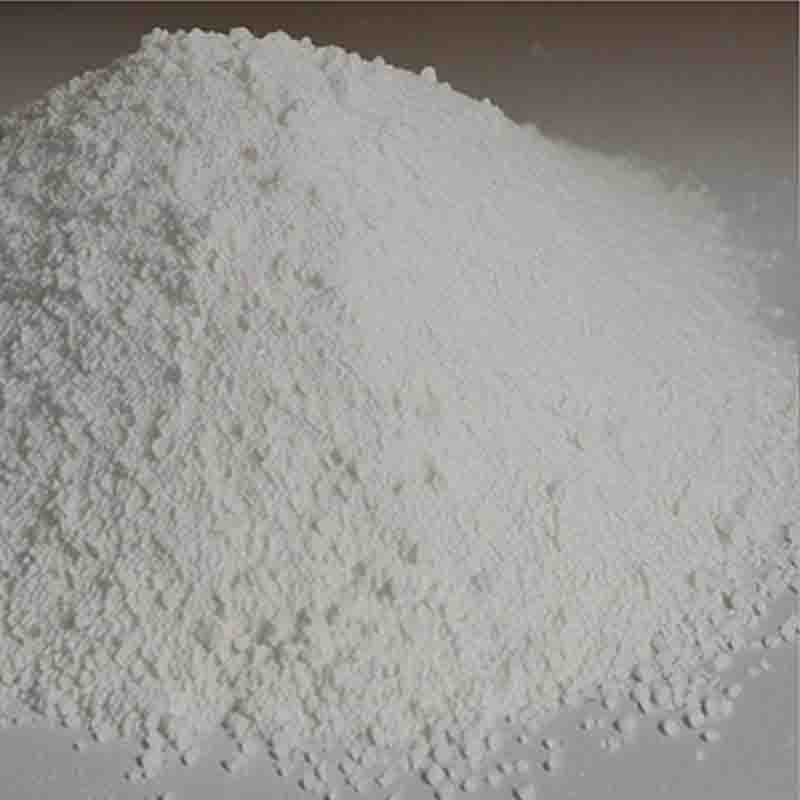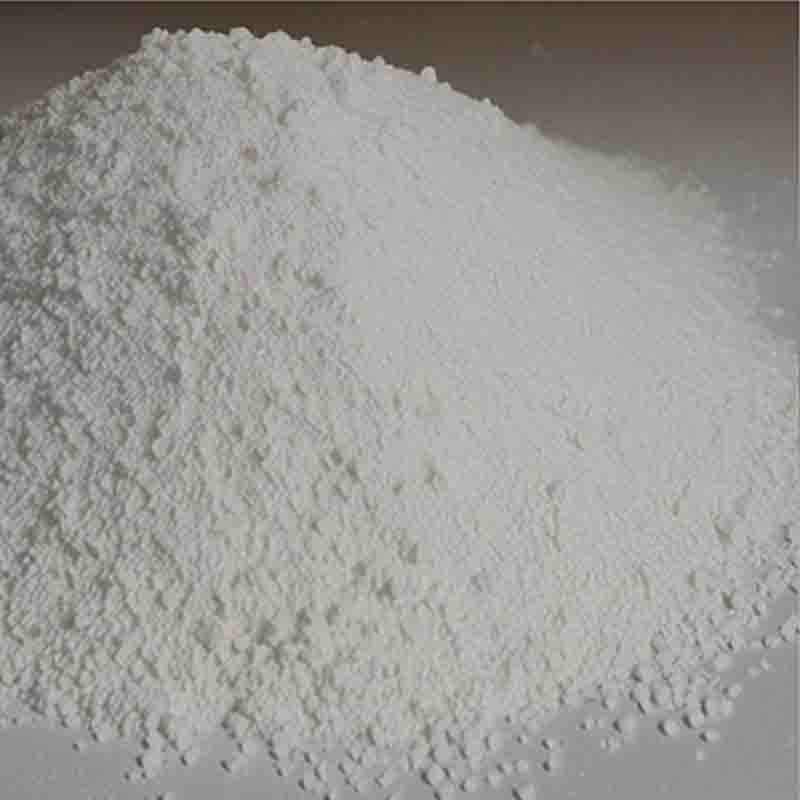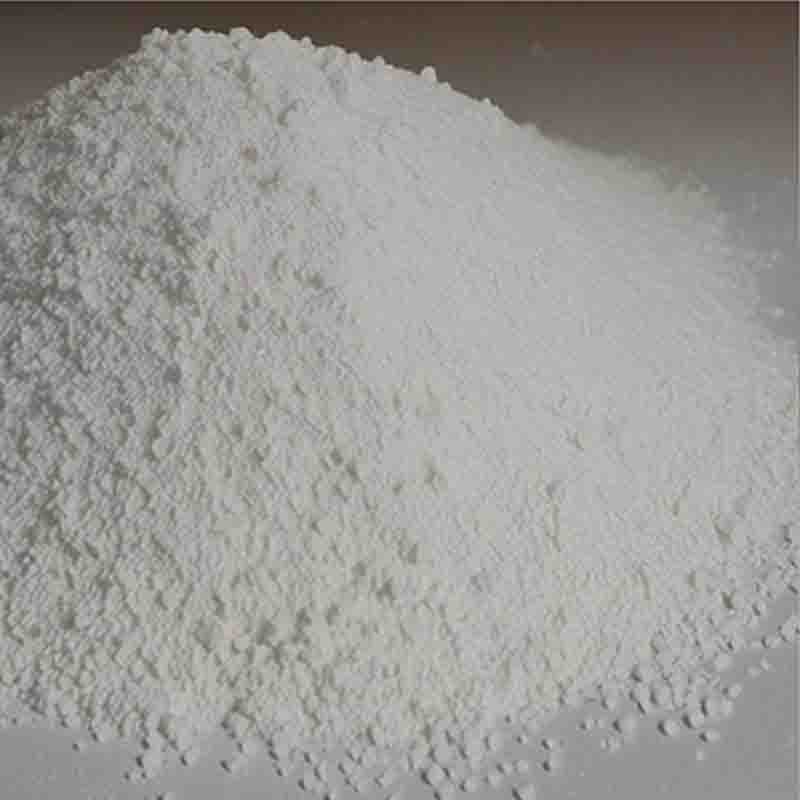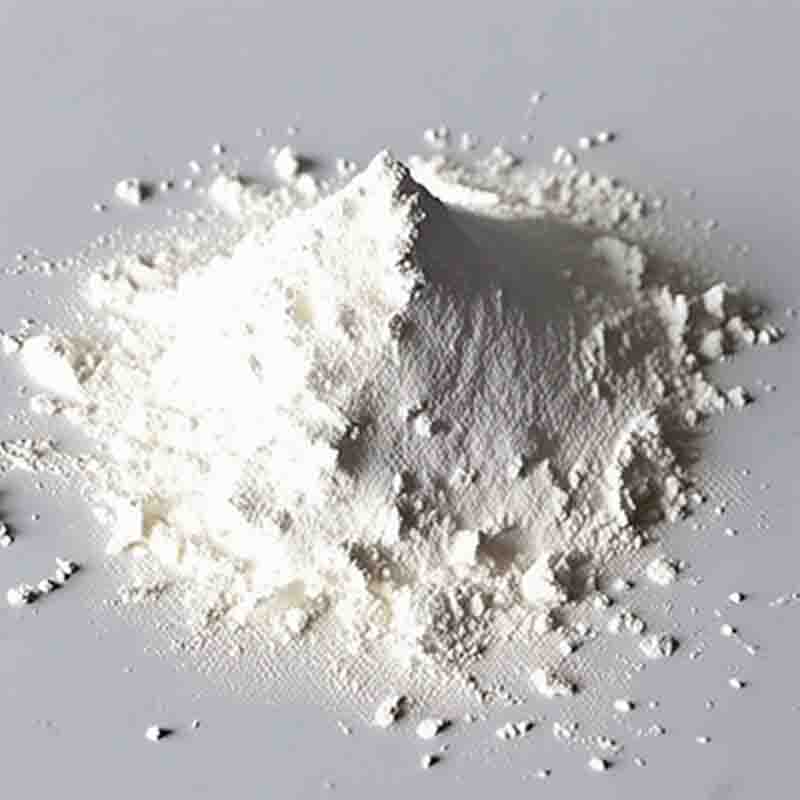4-Chlorophenylboronic acid CAS: 1679-18-1
| Catalog Number | XD93447 |
| Product Name | 4-Chlorophenylboronic acid |
| CAS | 1679-18-1 |
| Molecular Formula | C6H6BClO2 |
| Molecular Weight | 156.37 |
| Storage Details | Ambient |
Product Specification
| Appearance | White powder |
| Assay | 99% min |
4-Chlorophenylboronic acid is an organic compound that finds wide application in various fields, including organic synthesis, medicinal chemistry, and materials science. It consists of a phenyl ring substituted with a chloro group (-Cl) and a boronic acid group (-B(OH)2).One of the primary uses of 4-Chlorophenylboronic acid is its role as a valuable reagent in palladium-catalyzed cross-coupling reactions, such as Suzuki-Miyaura and Heck reactions. These reactions involve the formation of carbon-carbon bonds, where 4-Chlorophenylboronic acid acts as a boron source that can couple with various organic electrophiles, such as aryl or vinyl halides. This enables the synthesis of diverse organic compounds, including pharmaceuticals, agrochemicals, and materials.Additionally, 4-Chlorophenylboronic acid can be further chemically modified to introduce additional functional groups. For example, it can undergo amination reactions to form 4-chloro-phenylboronates, which can be useful intermediates for the synthesis of various nitrogen-containing compounds. This functional group diversity enhances the synthetic utility of 4-Chlorophenylboronic acid, allowing for the creation of complex molecules with tailored properties.Another important application of 4-Chlorophenylboronic acid lies in medicinal chemistry. It has shown promise as a pharmacophore or building block for developing bioactive compounds. Due to the boronate moiety, 4-Chlorophenylboronic acid can form reversible covalent bonds with diol-containing molecules, such as carbohydrates and nucleotides. This interaction has been leveraged to design enzyme inhibitors, receptor ligands, and other pharmaceutical agents. For example, boronic acid-based proteasome inhibitors have been developed for the treatment of multiple myeloma.In the field of materials science, 4-Chlorophenylboronic acid has found application in the modification of surfaces or the synthesis of functional materials. By utilizing the boronic acid group, it can form strong reversible complexes with polyols or hydroxyl-containing compounds. This property can be exploited for surface functionalization, such as the creation of stimuli-responsive coatings or the preparation of sensors for detecting carbohydrates or other analytes.In summary, 4-Chlorophenylboronic acid is a versatile compound with diverse applications in organic synthesis, medicinal chemistry, and materials science. Its reactivity in carbon-carbon bond formation, capability for functional group introduction, and ability to form reversible covalent bonds make it an important tool for researchers in various scientific fields.


